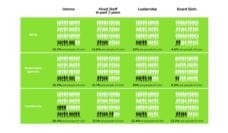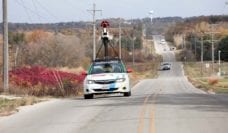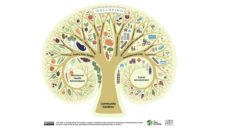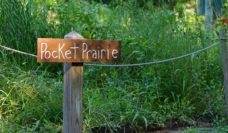Urban green space can take many forms including city forests, green roofs, parks, gardens, and greenways. Greater access to green space is associated with less depression and improvements in mood and attention. Urban green space has also been associated with reduced neighborhood crime and enhanced community satisfaction.
But these physical, psychological, and social health benefits of green spaces are not equally distributed across urban populations. Researchers at four US universities examined the association between a neighborhood’s racial mix and income level and access to green space in 59,483 urban census tracts across the U.S over a ten-year period (2001-2011).
To assess level of greenness, the researchers used satellite data known as the normalized difference vegetative index (NDVI). NDVI quantifies vegetation by using remote sensing data and chlorophyll light absorption.
In 2001, neighborhoods with a higher proportion of racial minorities and greater concentration of poverty had less greenspace than neighborhoods with a higher proportion of White residents and higher-income areas. Over the following decade, those neighborhoods with a higher proportion of racial minorities experienced a decrease in vegetation. Conversely, neighborhoods with a higher proportion of White residents experienced an increase in vegetation over the same time period.
The relationship between neighborhood demographics and access to green space continued even after researchers considered the effects of various factors that might explain the association such as population density and-proportion of renters in the neighborhood.
Greater access to green space is associated with less depression and improvements in mood and attention. Urban green space has also been associated with reduced neighborhood crime and enhanced community satisfaction.
Some cities have addressed the scarcity of green spaces through large green infrastructure projects that involve real estate development, recreation, commerce, tourism, and components of transportation like walking and bicycling. The projects often take place in neighborhoods with low property values. The establishment of such projects often attracts residents with the ability to pay more for rent. Environmental gentrification can occur when wealthy residents move into a low-income neighborhood and displace long-term low-income residents. Instead of mitigating unequal access to green space, large green infrastructure projects run the risk of promoting environmental gentrification.
This was the case with the development of the High Line in New York City’s Chelsea neighborhood. From 2004 to 2014, the park’s construction transformed a neighborhood of mostly working-class residents in Manhattan’s West Side to an area rezoned for luxury development. Within 5 years, property values increased by 103% from initial values that sat 8% below the median for Manhattan. Traditional residents of the neighborhood were effectively driven out.
Addressing inequities in the distribution of urban green space requires multidisciplinary partnerships between actors such as public health practitioners, urban developers, and environmentalists. The 11th Street Bridge Park project in Washington DC aims to do just that with an Equitable Development Plan that leverages collaboration between such actors and input from community members.
Feature image by JL08, Central Park (detail), CC BY-NC-ND 2.0














